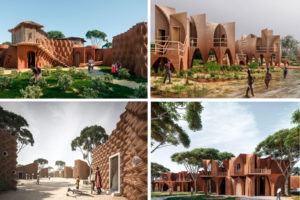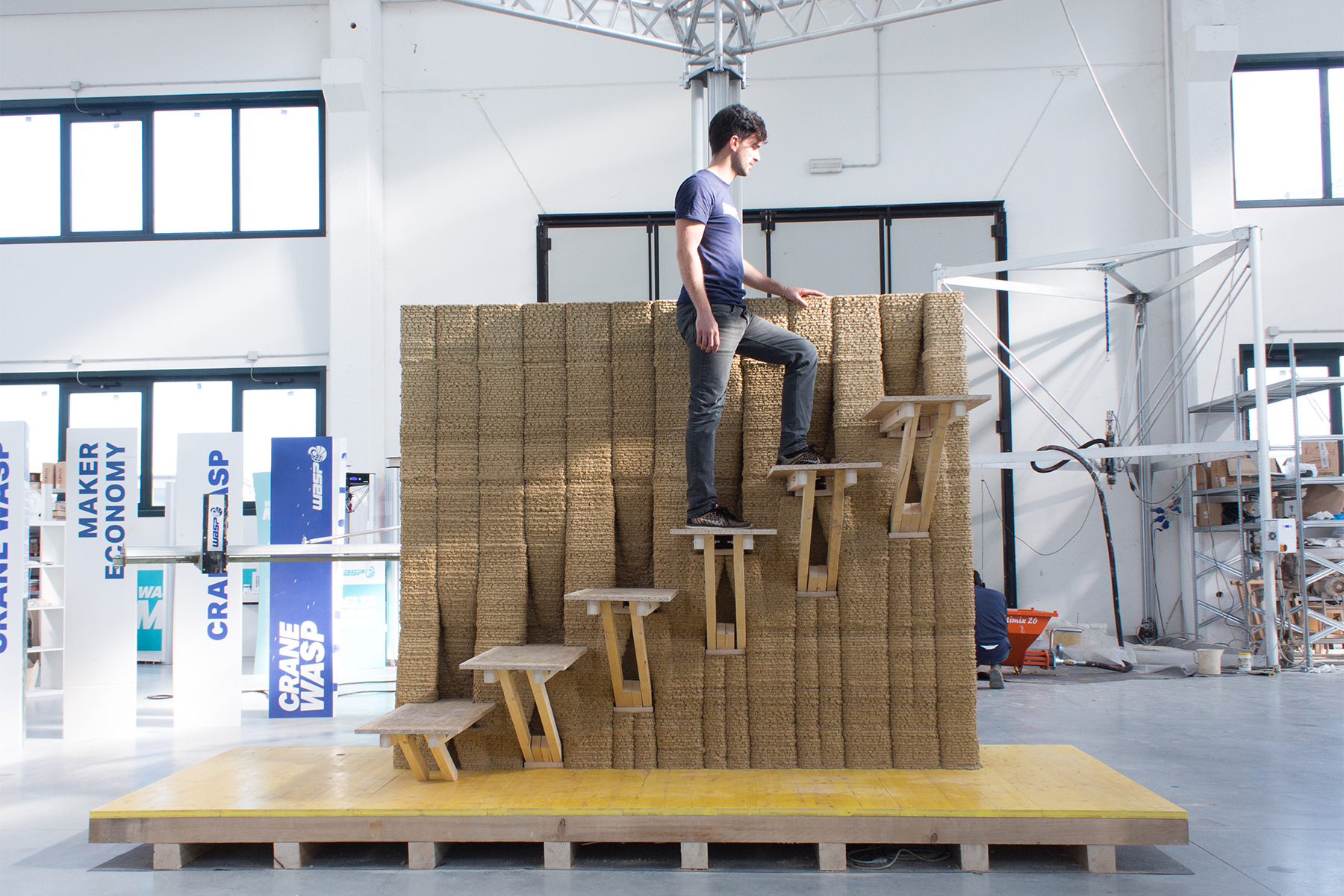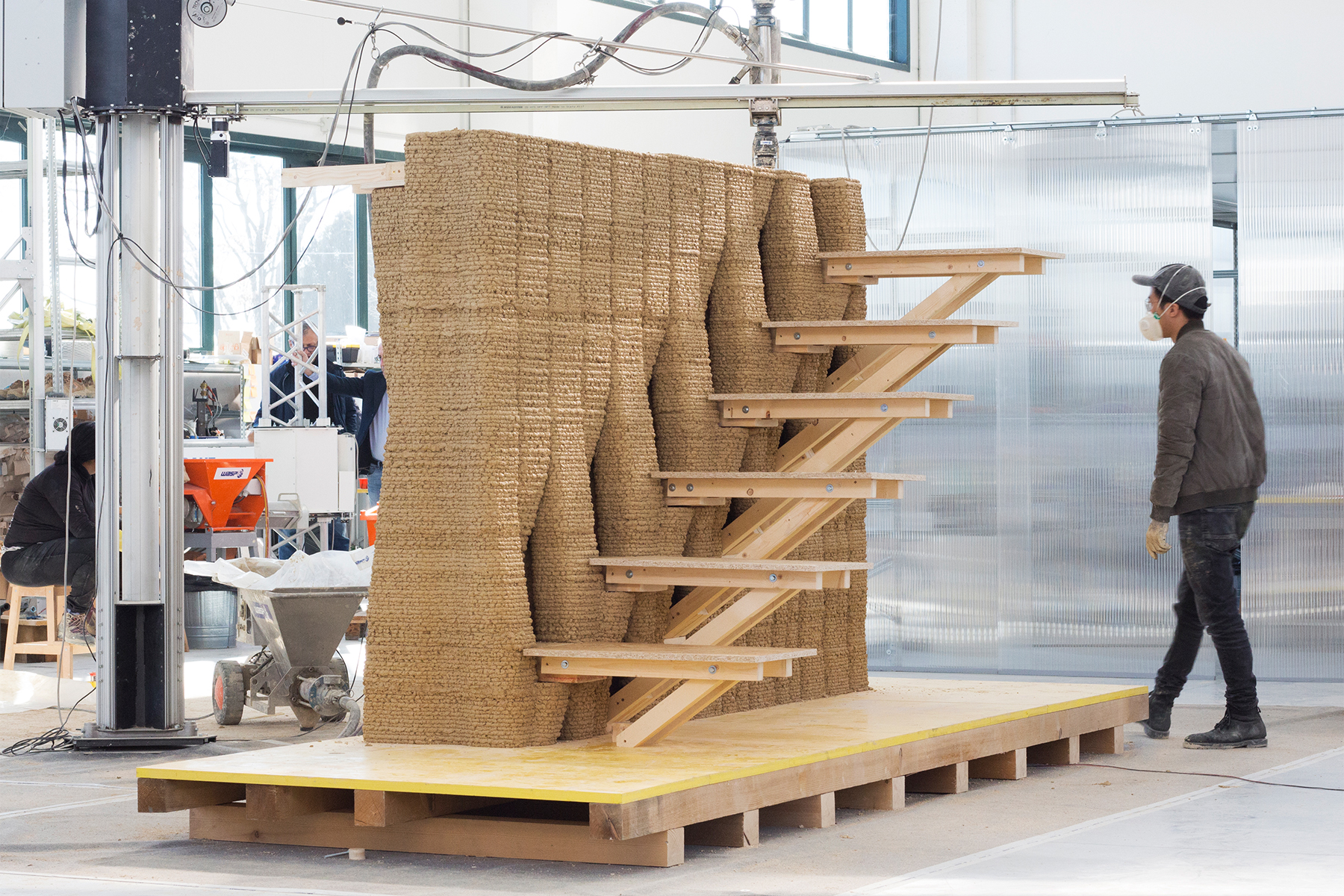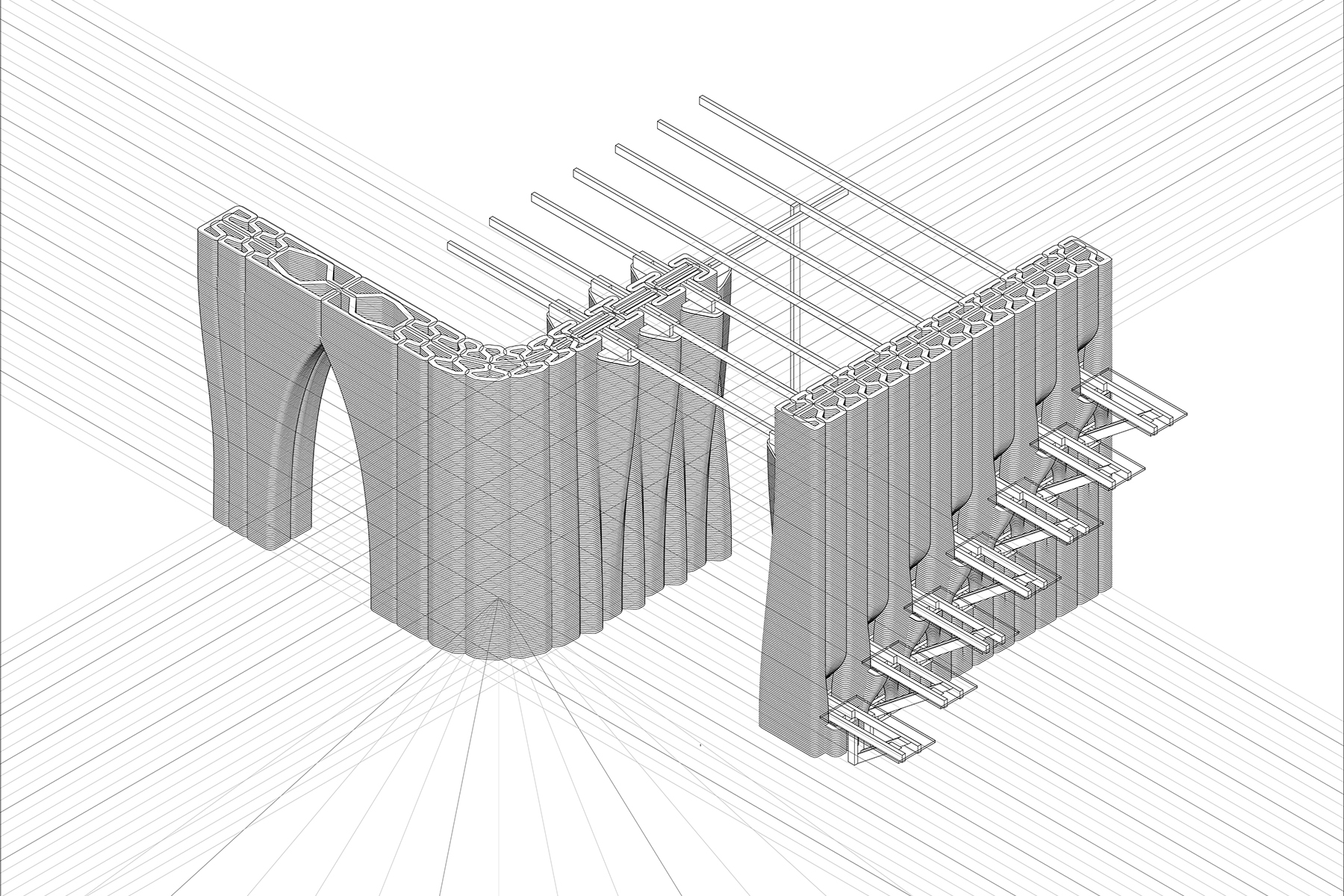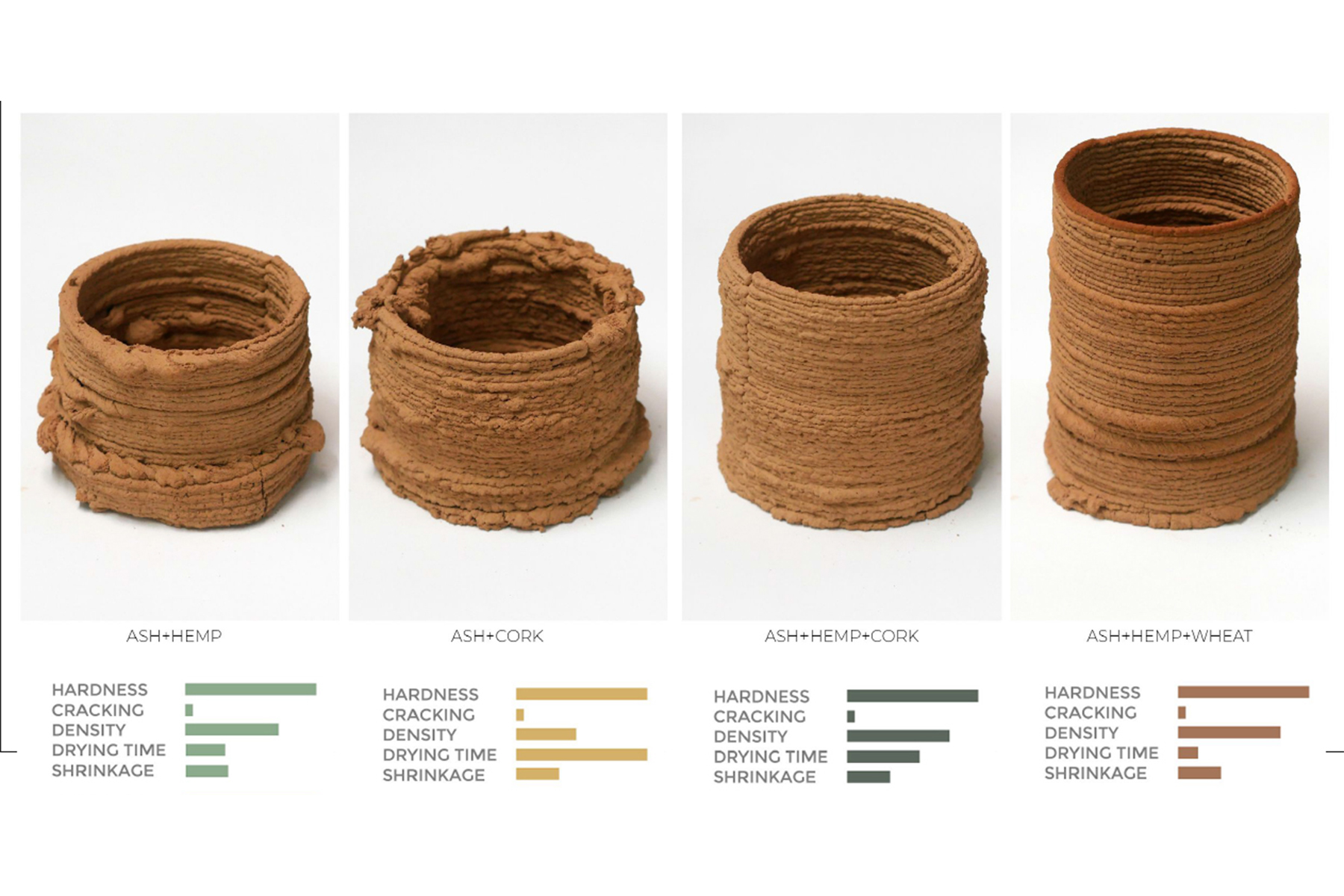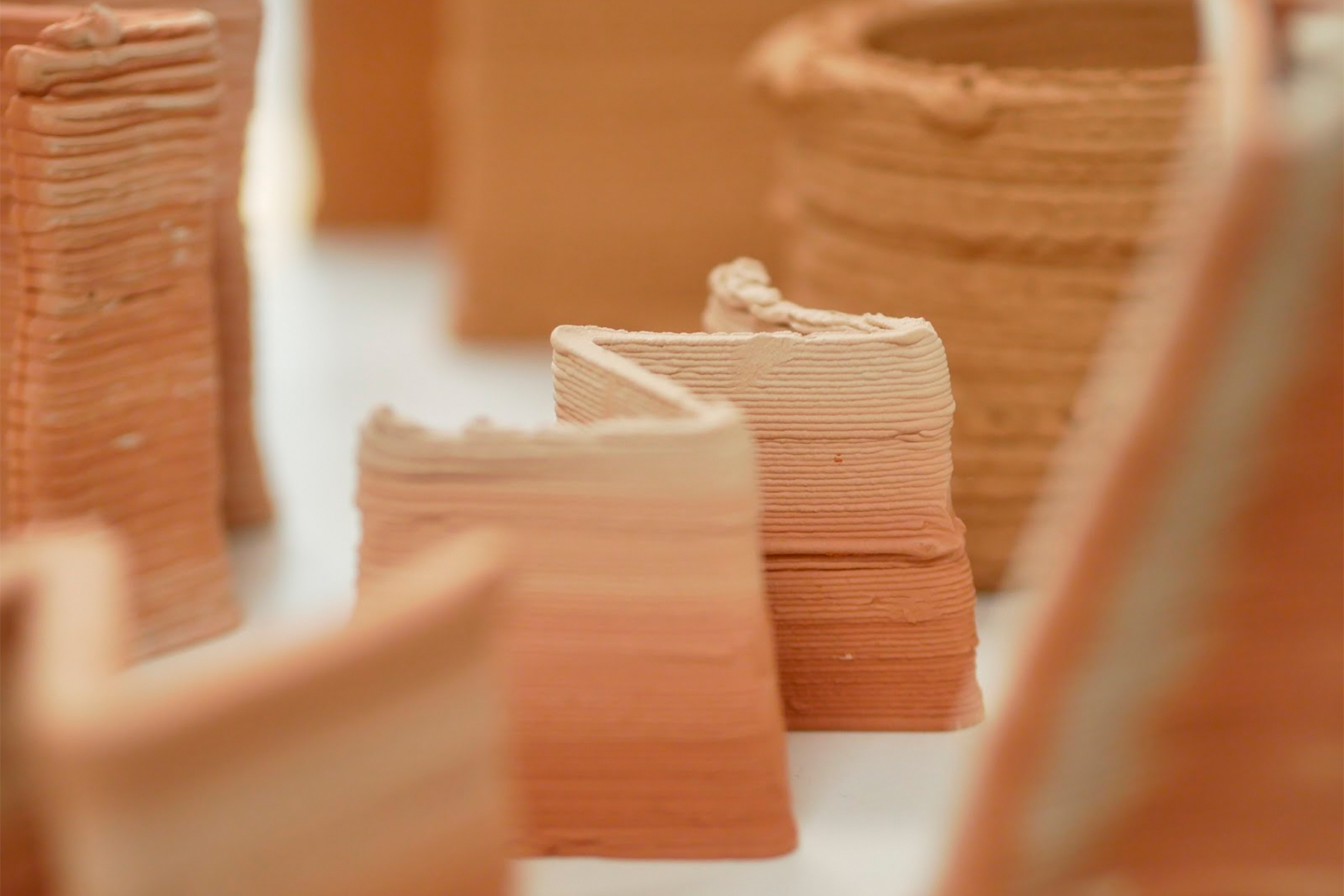The 2019 Open Thesis Fabrication (OTF) research aimed at achieving a sustainable and structurally stable construction system using km-0 robotic additive manufacturing. Building Architecture Continuity employs continuous printing and cantilever geometries to enhance the structural capacities and spatial qualities of its expected results.
2019
Building Architecture of Continuity
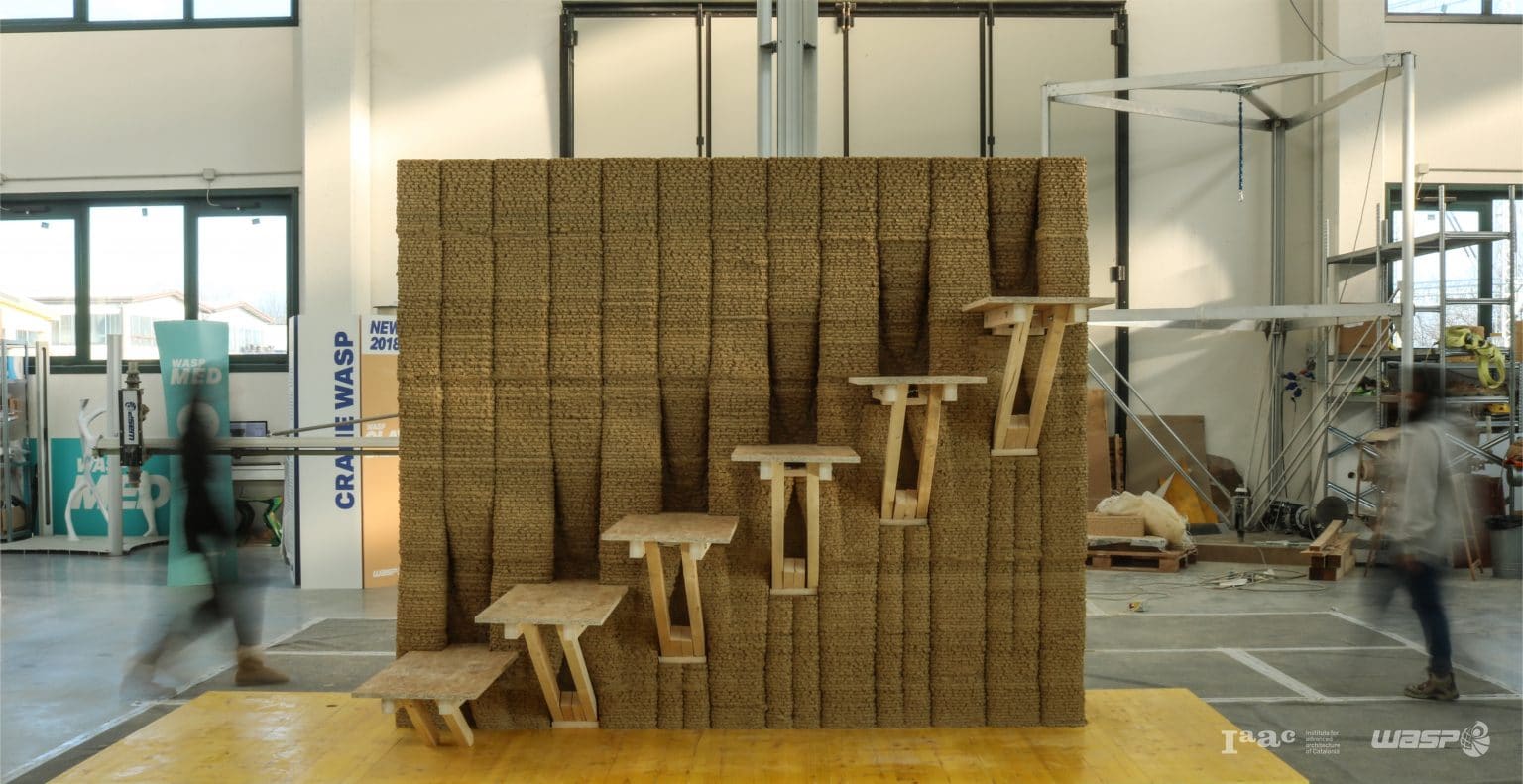
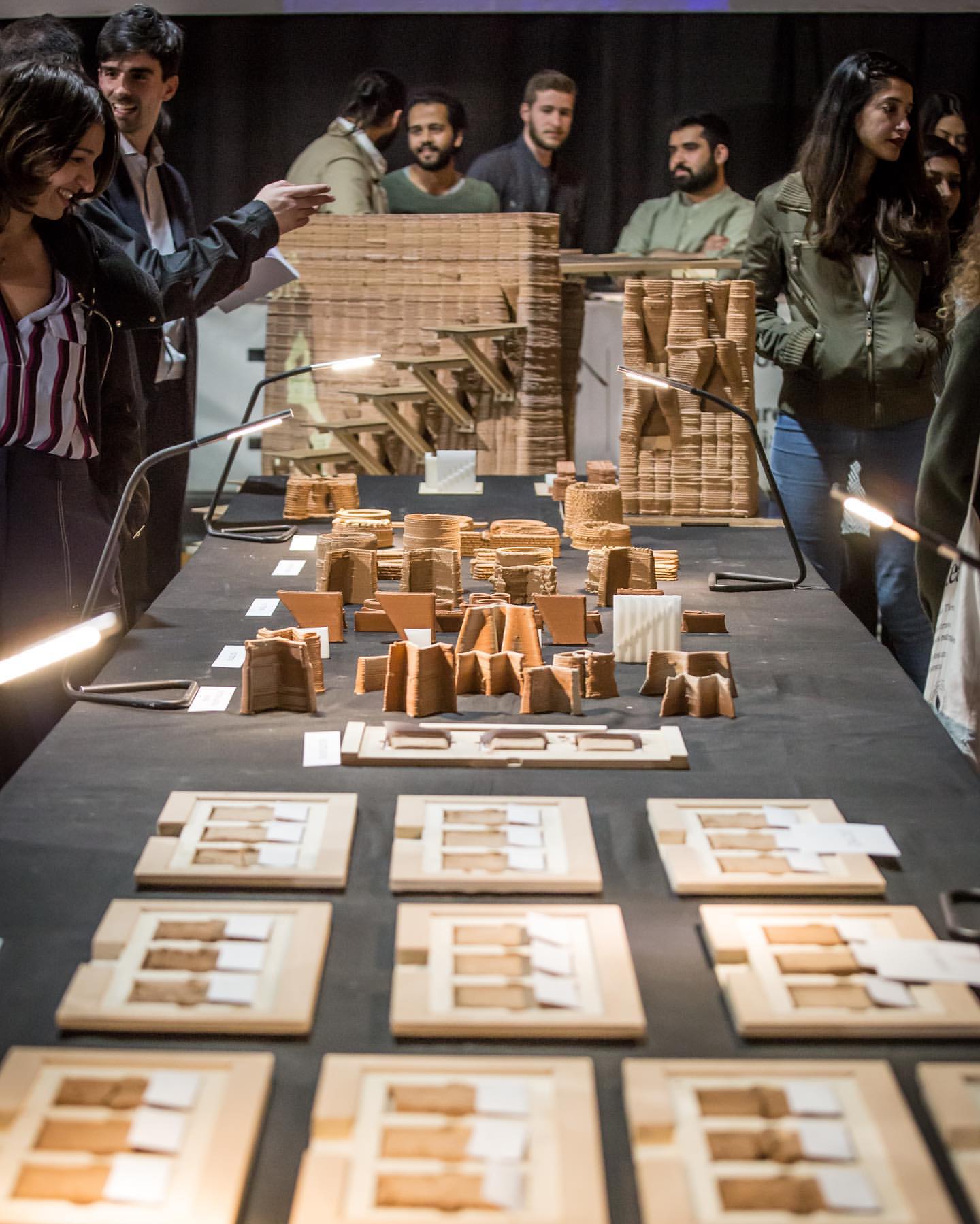
Based on our surface geometry catalogue, OTF students selected as their design basis seven modules that have the same tangency but different degree of curvature and shape. The tangency allowed them to connect the modules seamlessly, and forming a series of architectural elements such as walls, columns, rooms, and opening. These moments, each with its specific functions and spatial qualities expand into an endless city carpet that has no boundaries.
From the endless carpet, one house is extracted. The main design focus is blurring the distinction between the interior and exterior, creating a smooth transition between the ground and first level, also between the horizontal and vertical direction. Surfaces fold in and out to create openings and guides the way of circulation.
For the abstract house to become 3D printable with clay, volume and infill are added according to structural stability and functional purposes. It has the potential to create a new kind of spatial experience.

Inspired from the endless house, OTF students rethought our current building system by selecting several connection elements, such as arch opening, staircase, and integrating them into a continuous surface – created with space in one go.
After all the tests and prototypes at different scale, OTF students could shift to the 1:1 scale model in collaboration with WASP in Italy. There they worked with the km-0 material available which was the Rice house material they used for their GAIA project.
Building Architecture Continuity succeed to demonstrate the language and style of large-scale 3D printing with a full scale prototype in Italy and two scaled prototype in Barcelona. This shows us that the near future of architecture and construction could be a bright one with the use of advanced construction techniques in combination with materials from our past.
